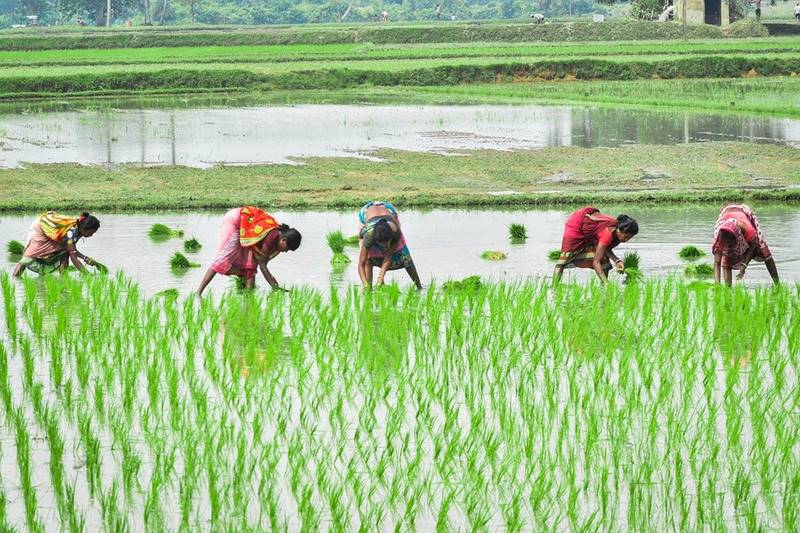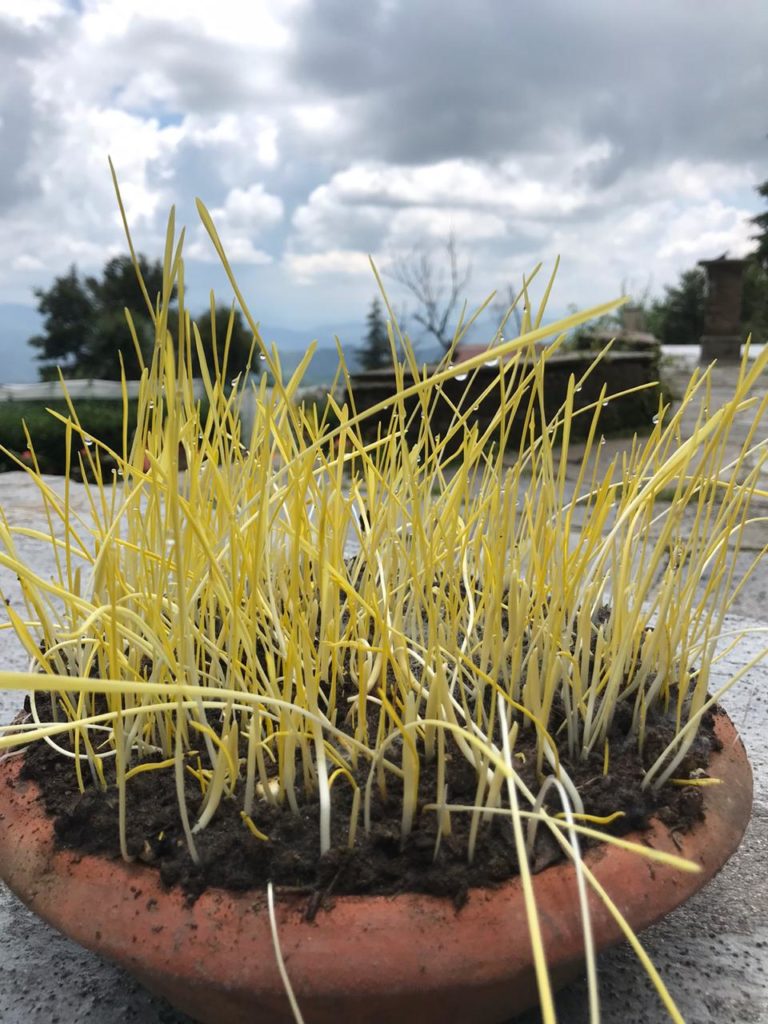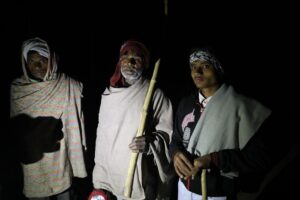A couple of decades ago, when 45-year-old J P Maithani was a young boy living in Pipalkoti village of Chamoli in Garhwal division of Uttarakhand, gorging on a delicious meal of puri, pakodi and halwa was how the morning of Harela festival started.
As he grew up, he learnt the wider meaning and importance of this folk festival of Uttarakhand, which is being celebrated today. This ‘green’ festival celebrates biodiversity and symbolises conservation of nature. It is also linked to paddy farming in the hill state and a time to welcome the monsoon so that there is a bountiful crop.
Also Read: Full of Beans: Wholesome winter food in Uttarakhand
“By mid-July, paddy transplantation in the hill state gets over and the entire work is carried out by pahadi women and oxen. And now it is time for them to rest and celebrate nature by way of Harela,” Maithani, chairperson of Alaknanda Ghaati Shilpi Federation (AAGAAS Federation), told Gaon Connection.

To celebrate Harela, the stalk of a native plant — the wild Himalayan pear, locally known as mehal — is fixed right in the middle of the flushed paddy fields symbolising nature taking over. “Once the paddy fields are filled with rainwater, tadpoles come and the entire aquatic food chain is revived. It is also the time when snakes come out. So, placing mehal ki tehni in the flooded farmlands means not venturing into the fields and letting nature do its job,” explained the environmentalist.
Also Read: Flavours of Uttarakhand: Himalayan state to get its first spice garden in Sauni village, Almora
There is more to Harela and celebrating and preserving biodiversity is an integral part of this folk festival. “About eight to nine days before Harela, seeds of various mountain millets, such as jhangora, finger millet, foxtail millet, makka, and dhan, are collected and sown. By the time the festival arrives, these have sprouted and grow three to four inches tall. Then, these sprouted millets are used for the pooja and after that, they are pulled out and fixed on children’s heads and ponytails,” narrated Maithani.

Harela is celebrated around mid-July because by then monsoon has arrived and there is haryali (greenery) all around in the mountains.
According to Maithani, most festivals in the hills are closely linked to nature, culture and traditional food practices. “Every year when the kapat [door] of Badrinath shrine in the state is opened, it is Baisakhi time in Punjab and the wheat crop is getting ready in the hill state too. The still-not-ripe wheat is roasted and offered to Lord Badrinath when the kapat opens,” informed the environmentalist.
To celebrate Harela, Uttarakhand Chief Minister Pushkar Singh Dhami planted saplings today and requested people to present him with saplings to plant on the occasion instead of bouquets. He said that ”Harela” is a symbol of prosperity, tradition and greenery whose conservation is our collective responsibility.
Also Read: Puthandu Vazhuthugal: Neem flowers, jaggery and raw mangoes on Tamil New Year
Also Read: Harela: Every Pahadi remembers the festival celebrating life and harvests, Uttarakhand Style















